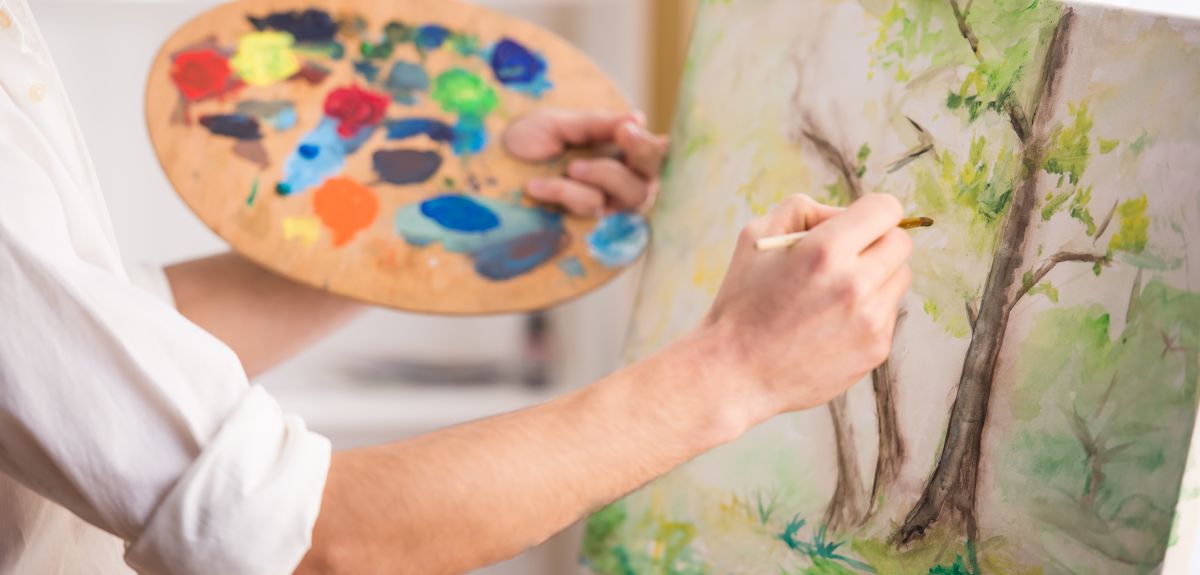
Why the middle class is more likely to sing, act or paint
The reason why middle-class people are more likely to sing, play music, act or paint has been revealed in a new Oxford University study – and wealth or social status do not appear to be major factors.
The research involving 78,000 people found that neither wealth nor social status were strongly linked to people taking part in arts activities as amateurs or professionals. Instead, it was the level of education that lay behind arts participation. It shows that having a higher income did not make arts participation more likely – those earning over £30,000 a year were less likely to take part than those earning less.
The study by Dr Aaron Reeves, published in the journal Sociology, showed that of the 78,011 surveyed, 18% had taken part in painting or photography, 9% in dance, 10% in music, 2% in drama or opera; 6% had written poetry, plays or fiction. Only 22% had not engaged in any artistic activities.
Social status mattered little: Those in higher professional jobs were less likely to take part in the arts than those in lower professional jobs, and only slightly more likely to take part than those in lower supervisory roles and semi-routine roles.
After accounting for the influence of family class background by statistical analysis, Dr Reeves found that those with a degree were around four times more likely to take part in painting and photography than those with no educational qualification, five times more likely to be involved in dance and in crafts, and four times more likely to play a musical instrument.
The study concludes that those taking part in arts were more likely to be middle class, simply because they were more likely to be highly educated. But although having a middle-class background makes it more likely that someone had gone to university, Dr Reeves’s findings showed that they were no more likely to take part in arts after graduating than were working-class students.
Dr Reeves said that the results for arts participation were different from those related to passive consumers who watched or listened to arts performances, where social class and status were strongly linked to higher rates of arts consumption.
'Arts participation, unlike arts consumption and cultural engagement generally, is not closely associated with either social class or social status,' he said. 'This result deviates from the expectation – unexpectedly, those with higher incomes are less likely to be arts participants. The results show it is educational attainment alone, and not social status, that is shaping the probability of being an arts participant.'
Dr Reeves suggests two reasons for the link with education. First, those with higher information processing capacity are more likely to enjoy highbrow cultural practices, such as arts participation, and be university graduates. Secondly, some universities making admissions decisions can take into account information on extracurricular and cultural activities, increasing the likelihood that university graduates are culturally active.
 New study reveals the COVID-19 pandemic’s impact on other causes of death
New study reveals the COVID-19 pandemic’s impact on other causes of death
 Researchers develop a way to test the ability of red blood cells to deliver oxygen by measuring their shape
Researchers develop a way to test the ability of red blood cells to deliver oxygen by measuring their shape
 New study calls for radical rethink of mental health support for adolescents
New study calls for radical rethink of mental health support for adolescents
 Oxford-led project awarded £2 million to revolutionise clean hydropower energy
Oxford-led project awarded £2 million to revolutionise clean hydropower energy
 Botanists name a beautiful new species of ‘lipstick vine’ discovered in the Philippine rainforest
Botanists name a beautiful new species of ‘lipstick vine’ discovered in the Philippine rainforest